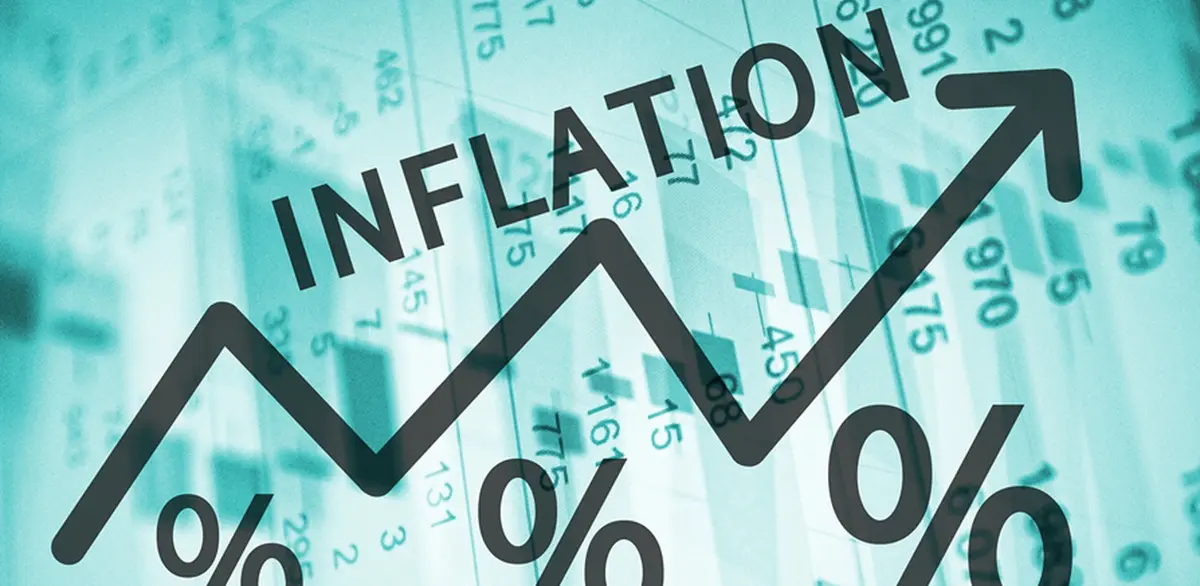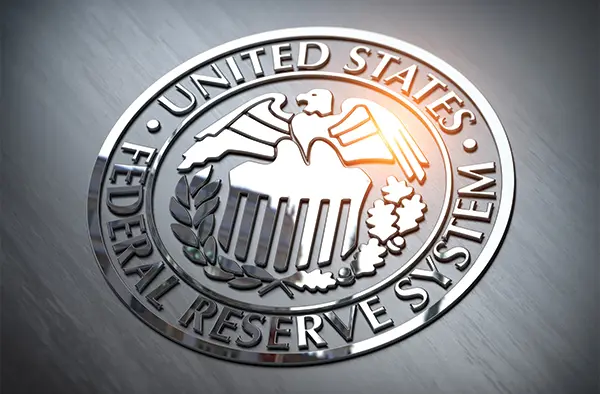Recent banking reforms are changing the way savings and investments are managed. How will these changes affect your financial accounts in 2025? Find out here

February 28, 2025
As we move into 2025, banking systems worldwide are undergoing significant reforms, driven by technological advancements, regulatory changes, and the need to adapt to a rapidly evolving economic landscape. These reforms are designed to enhance financial stability, improve customer experience, and ensure that the banking system remains resilient to future crises. But how do these changes impact your personal savings and investment accounts? In this article, we will explore how banking system reforms affect individual financial accounts and what steps you should take to adjust your strategy for the future.
The Evolution of Banking System ReformsBanking system reforms are a response to numerous challenges faced by the financial industry. These challenges include the fallout from the global financial crisis, increasing digitalization of banking services, rising consumer demand for better financial products, and stricter regulatory standards aimed at preventing another crisis. The primary goals of banking reforms are to:
As reforms are rolled out, they will affect how banks manage savings accounts, investment portfolios, and other financial products. It’s important to understand how these changes might impact your financial planning.
Impact of Banking Reforms on Savings AccountsOne of the most immediate areas of impact for individuals will be their savings accounts. Banking system reforms often result in changes to interest rates, account fees, and accessibility. Here’s how reforms might affect your savings:
1. Interest Rates and Deposit AccountsInterest rates on savings accounts are directly influenced by changes in the banking system. In many cases, banking reforms can lead to either higher or lower interest rates, depending on the economic environment and the bank’s regulatory framework. If interest rates rise as a result of reforms, you may see higher returns on your savings. Conversely, if rates remain low, your savings may earn less.
Additionally, some reforms are pushing banks to offer more competitive interest rates to attract and retain customers. This may benefit consumers who shop around for the best savings account options.
2. Bank Account Fees and ChargesWith the introduction of new banking regulations, banks are becoming more transparent about the fees they charge for various services. Some reforms are designed to reduce or eliminate hidden fees, making it easier for consumers to manage their savings without being penalized by excessive charges. This is particularly relevant for individuals who rely on basic savings accounts for day-to-day financial management.
However, certain reforms may lead to the introduction of new types of fees to comply with regulations or to offset the costs of implementing new technology. It’s crucial to read the fine print of your bank’s terms and conditions to stay informed about any changes in fees.
3. Access to Savings AccountsBanking reforms are also improving access to savings accounts for a wider range of people, including those who have traditionally been underserved by the banking system. Digital banking platforms, enhanced by regulatory changes, are making it easier to open and manage savings accounts, particularly for younger generations who prefer mobile banking. This is likely to lead to greater financial inclusion, making it easier for individuals to grow their savings.
Impact of Banking Reforms on Investment AccountsIn addition to changes in savings accounts, banking system reforms are also reshaping investment accounts, including brokerage accounts, retirement accounts, and mutual fund investments. These reforms are designed to enhance investor protection, increase transparency, and promote fairer competition among financial institutions.
1. Regulations on Investment ProductsBanking reforms often introduce stricter regulations on investment products to ensure that they are fair, transparent, and suitable for the average consumer. For instance, reforms may impose stricter disclosure requirements on mutual funds, ETFs, and other investment vehicles. This could help investors make more informed decisions about where to invest their money.
Moreover, some reforms aim to protect investors from high-risk financial products by introducing more stringent suitability standards. This ensures that investment firms only recommend products that match an individual’s risk tolerance and financial goals.
2. Investment Fees and CommissionsAnother area where banking reforms are having an impact is the cost of investing. Many reforms are targeting the fees and commissions charged by investment firms, with the aim of lowering costs for consumers. This can lead to lower expense ratios on mutual funds, lower trading commissions for stocks and bonds, and more transparency around hidden fees that investors may incur.
For instance, the introduction of fee transparency regulations may force investment firms to disclose all costs associated with their products upfront, making it easier for investors to compare options and avoid unnecessary charges.
3. Increased Focus on ESG InvestmentsEnvironmental, social, and governance (ESG) investing is becoming a more significant part of the investment landscape, driven in part by banking system reforms. Regulatory changes are pushing banks and investment firms to offer more sustainable investment products and to disclose the environmental and social impacts of their investments. This is allowing individuals to align their investments with their values, making it easier to invest in companies that promote sustainability and corporate responsibility.
How You Can Adapt Your Strategy inWith these changes in mind, how should you adjust your approach to savings and investment accounts? Here are some tips to help you navigate the evolving banking landscape:
1. Review Your Savings Accounts RegularlyGiven the potential for changes in interest rates and fees, it’s important to regularly review your savings accounts. Stay informed about your bank’s offerings, and be proactive in switching to accounts that offer the best returns and the lowest fees. Consider high-yield savings accounts and explore digital banking options that may offer better terms.
2. Understand the Costs of InvestingAs investment fees come under greater scrutiny, take the time to understand the cost structure of your investment accounts. Look for opportunities to reduce fees by investing in low-cost index funds or ETFs, and avoid investment products that charge excessive commissions or management fees. Many banks and brokerages now offer fee-free trading on stocks and ETFs, which can help you maximize your investment returns.
3. Explore ESG Investment OpportunitiesIf you’re interested in socially responsible investing, now is the time to explore ESG investment options. Many banks and investment firms are increasing their ESG offerings, making it easier to invest in companies that align with your values. Research ESG funds and learn how you can make your portfolio more sustainable while still achieving strong returns.
4. Diversify Your InvestmentsWith reforms driving changes in the banking sector, diversifying your investment portfolio is more important than ever. Spread your investments across different asset classes—stocks, bonds, real estate, and alternative assets—to protect against risk and take advantage of various growth opportunities. A well-diversified portfolio can help you weather economic volatility, especially as reforms unfold.
5. Stay Informed About Regulatory ChangesBanking system reforms are still in progress, and regulations are evolving. Stay informed about upcoming changes and how they might affect your savings and investments. Regularly check for updates from regulatory bodies and financial institutions to ensure that you’re not caught off guard by changes that could impact your financial strategy.

The role of U.S. investment policies in ensuring financial security and market resilience
U.S. investment policies play a crucial role in shaping financial stability by influencing capital markets, interest rates, and economic growth. Regulatory frameworks and government interventions determine risk levels, investor confidence, and long-term economic sustainability

Understanding the impact of interest rate changes on investment decision-making
Interest rate changes have a significant influence on investment strategies. Whether through the stock market, bonds, or real estate, shifts in rates affect asset prices, investor behavior, and portfolio diversification. Understanding these dynamics is essential for making informed, profitable investment decisions

Understanding how inflation trends influence U.S. investment strategies
Inflation trends play a critical role in shaping U.S. investment policies. From adjusting interest rates to influencing asset classes like bonds, equities, and real estate, inflation trends affect economic decisions across the country. Investors must stay informed about inflation to navigate investment policies effectively and protect their portfolios

Exploring the impact of government spending on market trends and investor behavior
Government spending plays a pivotal role in shaping investment markets. From fiscal stimulus packages to infrastructure investments, the allocation of government funds can drive market movements and influence investor sentiment. This article delves into the ways government spending impacts various sectors and markets, offering insights for investors

An in-depth look at the changes to capital gains tax laws and what investors should expect in 2025
As 2025 approaches, changes in capital gains tax laws could impact investment strategies for individuals and institutions. This article explores the key updates to tax policies and offers insights into how these changes may affect your investment portfolio

Understanding how Federal Reserve decisions impact investment trends and economic stability
The Federal Reserve plays a crucial role in shaping investment growth by adjusting interest rates, regulating money supply, and influencing market liquidity. Its policies determine the cost of borrowing, stock market trends, and overall economic expansion, making it a key driver in investment decision-making

An exploration of the impact of U.S. economic policies on investment strategies and trends
With shifting U.S. economic policies, investors are adjusting their strategies to respond to new market dynamics. This article explores the key policy changes and their influence on investment decisions

Understanding how tax policies shape investment strategies and financial growth
Tax regulations play a crucial role in determining investment returns by affecting capital gains, dividends, and corporate profits. Changes in tax laws influence investor behavior, asset allocation, and long-term financial planning, making it essential to stay informed about evolving policies

Learn how U.S. monetary policies influence investment decisions and market trends
U.S. monetary policies, driven by the Federal Reserve, play a significant role in shaping investment opportunities. Understanding interest rates, inflation control, and liquidity measures helps investors make informed decisions and optimize portfolio returns in varying economic climates
The Atlantic Daily
Get our guide to the day’s biggest news and ideas, delivered to your inbox every weekday and Sunday mornings. See more newsletters
.webp)
Ideas That Matter
Subscribe and support more than 160 years of independent journalism.
Subscribe